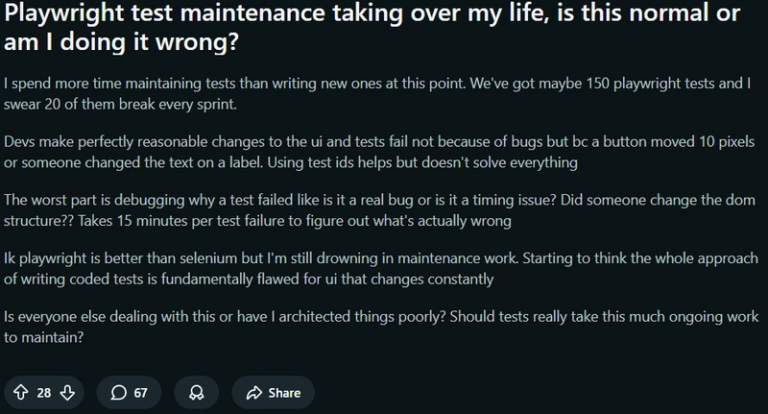Meet create‑devhub: Scaffold Full‑Stack Monorepos in Seconds
From Hours to Seconds: Building the Ultimate Monorepo CLI
Have you ever spent an entire afternoon trying to set up a monorepo with Turborepo, only to get stuck on package.json configurations, Tailwind CSS sharing, or TypeScript path mappings? I did too. After the third time repeating this dance, I thought: “There has to be a better way.”
So I built one.
The Problem: Monorepo Setup Is Painful
Setting up a modern monorepo isn’t just running create-turbo. You need to address:
- Turborepo configuration that actually works
- Shared Tailwind CSS across all apps
- Multiple package manager support (npm, yarn, pnpm, bun)
- TypeScript configurations that play nice together
- API servers (Express/Fastify) with proper ports
- WebSocket servers for real‑time features
- Documentation sites that look professional
- Shared component libraries ready to use
Doing this manually? 2–4 hours minimum.
The Solution: create‑devhub
I created a CLI that does all of this in under 30 seconds:
npx create-devhub
That’s it. You get a production‑ready monorepo with everything configured.
What You Get
my-project/
├── apps/
│ ├── web/ # Next.js or Vite + React
│ ├── docs/ # Documentation site (optional)
│ ├── http-server/ # Express/Fastify API (optional)
│ └── ws-server/ # WebSocket server (optional)
├── packages/
│ ├── ui/ # Shared UI components
│ ├── tailwind-config/ # Shared Tailwind configuration
│ ├── eslint-config/ # Shared ESLint config
│ └── typescript-config/ # Shared TypeScript config
├── package.json # Workspace configuration
└── turbo.json # Optimized build caching
Everything actually works together:
✅ Shared Tailwind classes across all apps
✅ UI components import seamlessly
✅ TypeScript paths resolve correctly
✅ Build caching is optimized
✅ Ports are preconfigured to avoid conflicts
✅ Dependencies aligned with your package manager
Interactive Configuration
The CLI asks exactly what you need:
? Project name: my-awesome-project
? Choose frontend framework: Next.js
? Include documentation site? Yes
? Include HTTP API server? Express
? Include WebSocket server? Yes
? Setup Tailwind CSS? Yes
? Choose package manager: pnpm
? Initialize git repository? Yes
Based on your choices, it generates exactly what you want—no bloat, no unused files.
Generated Configuration Examples
Shared Tailwind Configuration
// packages/tailwind-config/tailwind.config.js
module.exports = {
content: [
'../../apps/*/src/**/*.{js,ts,jsx,tsx}',
'../../packages/ui/src/**/*.{js,ts,jsx,tsx}',
],
theme: {
extend: {
colors: {
primary: "hsl(var(--primary))",
secondary: "hsl(var(--secondary))",
},
},
},
plugins: [],
}
Ready‑to‑Use UI Component
// packages/ui/src/button.tsx
import * as React from "react";
export interface ButtonProps extends React.ButtonHTMLAttributes<HTMLButtonElement> {
variant?: "default" | "destructive" | "outline" | "secondary" | "ghost" | "link";
size?: "default" | "sm" | "lg" | "icon";
}
const Button = React.forwardRef<HTMLButtonElement, ButtonProps>(
({ className, variant = "default", size = "default", ...props }, ref) => {
// Implementation with Tailwind classes
}
);
export { Button };
Optimized Turbo Configuration
// turbo.json
{
"tasks": {
"build": {
"outputs": [".next/**", "!.next/cache/**", "dist/**"],
"dependsOn": ["^build"]
},
"dev": {
"cache": false,
"persistent": true
}
}
}
Development Experience
After generation, your workflow is:
# Start everything in development
npm run dev
Yes, just a single line.
This will launch:
- Web app at http://localhost:3000
- Docs at http://localhost:3002
- API at http://localhost:8000
- WebSocket server at ws://localhost:8080
Technical Challenges Solved
-
Package Manager Compatibility
Uses correct workspace syntax for npm, pnpm, and yarn.
-
Tailwind CSS Sharing
Shared configuration package with proper content paths and theming.
-
TypeScript Path Resolution
Workspace‑aware path mapping and build tool compatibility.
-
Build Optimization
Correct outputs and dependency graphs for optimal caching.
Lessons Learned
- Developer experience must be obvious and fast.
- Templates need to be living code—tested across all frameworks and package managers.
- Clear error messages save hours of debugging.
What’s Next?
- Docker configurations for easy deployment
- One‑click Vercel/Netlify setup
- Testing setups (Jest, Playwright)
- React Native support
- Additional UI libraries (Chakra UI, Mantine)
Try It Yourself
npx create-devhub
It takes under a minute to generate a production‑ready monorepo.
Links:
- NPM Package: https://www.npmjs.com/package/create-devhub
- GitHub Repo: https://github.com/Saumya-Aggarwal/create-devhub
- Report Issues: https://github.com/Saumya-Aggarwal/create-devhub/issues
What’s your biggest pain point with monorepo setup? Let me know in the comments!

